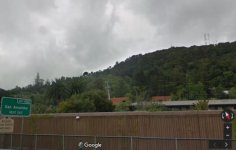stewie
Star Participant
San Jose is a market embedded in the San Francisco market. To be a "blowtorch" you have to have a signal that pretty much covers the entire overlay market, which runs from Santa Rosa to Campbell. By that standard, none of the San Jose stations are of "blowtorch" quality.
Agree with maybe KBRG as the exception to your statement.


